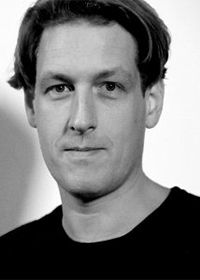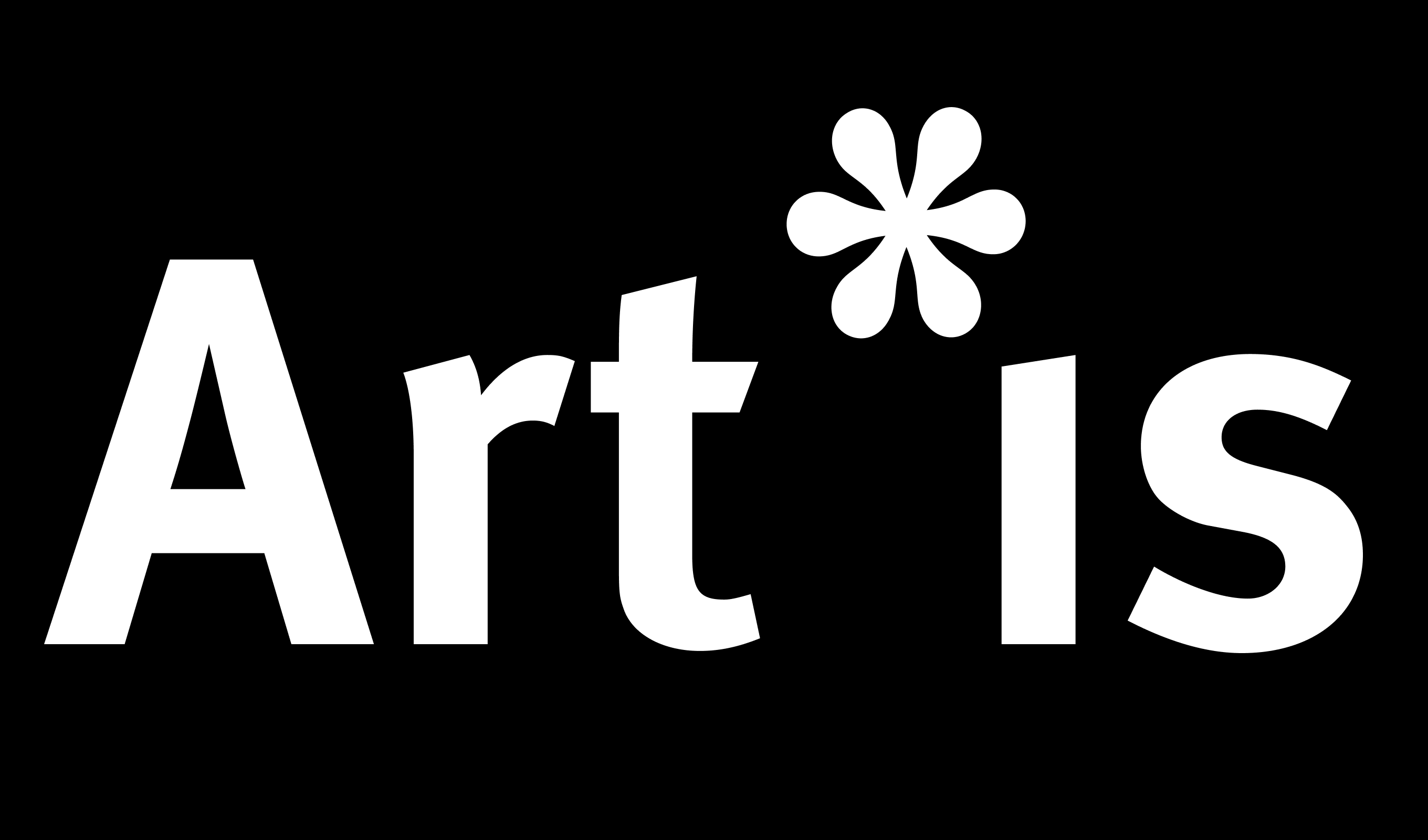Specific Department: Berlin School of Mind and Brain
Main individuals carrying out task
(1) Dr. Joerg Fingerhut, Senior Researcher, Berlin School of Mind and Brain/Department of Philosophy, HUB, Professor for Philosophy of Mind (Deputy), LMU Munich

Dr. Joerg Fingerhut
Joerg Fingerhut is the PI for ARTIS at the Berlin School of Mind and Brain (HUB). He supports Matthew Pelowski as scientific co-coordinator of the ARTIS consortium. The ARTIS_Berlin group is responsible for two large work packages. “Developing a 4EA theory of the arts” (WP_6) and “Research on Urbanism and Art” (WP_3)
Joerg Fingerhut is currently a professor of philosophy of mind at the Institute for Philosophy, LMU Munich (2021-2022). He was the PI of the Research Group “Consciousness, Emotions, Values” of the Einstein Visiting Fellow, Jesse Prinz, at Humboldt-Universität zu Berlin (2015-2019). Joerg Fingerhut held research and teaching positions at the philosophy departments at the University of Stuttgart (2013-2015) and Humboldt-Universität zu Berlin (2007-2012, PhD). He was a member of the “Functions of Consciousness” research group at the Berlin-Brandenburg Academy of the Sciences and Humanities and “Art & Neuroscience Postdoctoral Fellow” at Columbia University (2013). In his research, he focuses on how we experience and evaluate cultural artifacts (such as pictures and moving images, the built environments and urban compositions, digital media) and how they impact the mind.
Developing a 4EA theory of the arts
In this work package, ARTIS members will jointly work on a theory of the transformative power of culture and the arts. Joerg Fingerhut is the researcher responsible for this task and will situate such a theory in recent thoughts regarding the embodied, embedded, extended, enactive, and affective (4EA) nature of cognition. The focus will be on the role one can assign to cultural artifacts and art within this framework. To make such a theory empirically grounded, Joerg Fingerhut will co-develop empirical research and also give feedback on the more empirical work packages 2-5. The aim is an integrative, interdisciplinary theory of the power of images, architecture, and art that addresses the ways such artifacts can change our perspectives and provide new means to address societal challenges.
Main objectives:
- Develop and publish papers and a monograph on an enactive theory of the arts and Art that identifies and integrates central findings of the consortium and relates them to theoretical and normative claims in the humanities.
- Actively work to avoid reductionist tendencies in interpreting the empirical data by considering the application and limitations of experimental designs, methods, and interpretation of data (in collaboration with Katrin Heimann, AAU).
- Explore the implications of transformations at the cognitive level to an understanding of the individual self, concepts of well-being, and socio-cultural identity (in collaboration with Prof. Bertram, FU Berlin).
Research on Urbanism and Art
In work package 3, ARTIS_Berlin will participate in the empirical assessment of aesthetic experiences of architecture and urbanism, and of art and artistic interventions in cities. We will conduct a series of studies on how architectural and urban settings, as well as art in public spaces, can change perspectives and influence neighborhood engagement and well-being. As a part of this work package, we will develop an emotional-aesthetic map of the city that captures how beauty and fascinations of urban environments impact well-being. At the same time, we will consider the role of contemporary art, street-level galleries, and monuments, in engaging communities and conducting on-site studies that aim to identify the specific transformative potential of such artifacts and settings.
Main objectives:
- Create an emotional-aesthetic map of the city of Berlin and collaborating cities.
- Create a network model of emotional and cognitive factors in art experience with urban artworks and settings. The aim is to identify specific experience types linked to the measures of lasting change at the level of health, outlook, pro-social attitudes, and physiology.
- Develop a more expansive definition of art that includes the relation of art to design, architecture, urban monuments, and explore their respective potential to disrupt our daily life.
Collaborating researchers in Berlin (in alphabetical order)
Prof. Dr. Georg Betram, Professor for Theoretical Philosophy, FU Berlin.
Prof. Dr. Klaus Gramann, Professor for Bio Psychology and Neuroergonomics.
Dr. Inês Hipólito, Postdoctoral researcher and lecturer, Department of Philosophy & Berlin School of Mind and Brain.
Dr. Barbara Jenner, Guest researcher.
Dr. Laura Kaltwasser, Postdoctoral researcher, Institute for Psychology, PI in the Research Training Group “Extrospection,” Berlin School of Mind and Brain.
Corinna Kühnapfel, Researcher, BUA project: Exploring and Designing Density. Neurourbanism as a Novel Approach in Global Health.
Prof. Dr. Michael Pauen, Professor for Philosophy of Mind, Institute for Philosophy; Academic director of the Berlin School of Mind and Brain.
Prof. Dr. Cain Todd, Guest researcher.
Research assistants (in alphabetical order)
Ayça Akan, Master student, Brain Track at Berlin School of Mind and Brain.
I am a 2nd year Master student at the Berlin School of Mind and Brain. My research interests are focused on the higher-level and social components of visual art perception, such as how attentional patterns can mediate aesthetic judgments and emotions; the effects of contextual information in the perception of artworks; and how medium and texture affects the aesthetic experience.
Why do you like art?
It is incredible to see how different variations of simply 2D lines on a paper can create infinitely diverse empathetic and non-empathetic emotions, thoughts, and feelings within the spectator. Both artists’ ability to trick the human cognition, and observers’ ability to successfully fall into the illusion is immensely fascinating to me.
In which way has art influenced your development/career so far?
Most of my independent research studies were related to art perception, therefore my career as a researcher is highly interconnected with art. I also spend a lot of time producing and observing visual art, so it has a notable place in my everyday life.
What is the most exciting aspect of ARTIS for you?
ARTIS project combines philosophical and sociological theories, and psychological experimentations of art from the standpoint of the artist, the artwork, and the spectator to create an overarching applicable framework. This interdiciplinary collaboration towards a unified theory of aesthetic transformations is very exciting to me!
Favorite artwork/movie/song:
Ferdinand Hodler – The day, 1904-1907
Maria Kreyn – Alone together, 2012
Hannah Kruft, Master student, Brain Track at Berlin School of Mind and Brain.
I am a 2nd year Master student at the Berlin School of Mind and Brain. My main research interest regards the interaction between humans and the environment, especially the built environment, and I have so far engaged with it from psychological, neuroscientific as well as philosophical perspective.
Why do you like art?
I am fascinated by art because it can intensify and shift our current mode of being. It can evoke feelings and associations that make you look at the world around you including yourself and your own life history in a different way than before.
Julian Kutsche, Medical student at Charité, Musicology student at HUB.
I am a 4th-year medical student at Charité and graduate student in musicology at HUB. Before my medical studies, I graduated in philosophy with a minor in psychology at LMU Munich. I am particularly interested in the intersections of aesthetic and psychiatric perspectives.
Why do you like art?
Art has the potential to provoke changes in our way of seeing ourselves, the world as well as our relations to it. In doing this, it has a lot of similarities to philosophy, which makes us re-think our concepts and ideas.
In which way has art influenced your development/career so far?
It was the very subject of my musicology studies. Art fascinates me in terms of being both an object and mode of philosophical investigation.
What is the most exciting aspect of ARTIS for you?
That it brings together amazing people with different research backgrounds to collaboratively and interdisciplinarily investigate one of the – to my mind – most important kinds of human experience.
Favorite artwork/movie/song:
Harmony Korine – Spring Breakers
Olivia Maegaard Nielsen, Master student of philosophy at HUB.
I am a 2nd year Master student of philosophy at HUB. I have experience with an interdisciplinary approach to philosophy from my bachelor, where philosophy was taught in relation to cultural and natural sciences. I am currently interested in feminist epistemology and social philosophy, and how different kinds of aesthetic experiences might be useful to some of the epistemological challenges in philosophy.
Why do you like art?
Because it has the ability to transport the viewer to another state of mind, another situation, or even other parts of the world. Few other forms of communication can do this as directly as art.
In which way has art influenced your development/career so far?
More than visual arts, another aesthetic experience has had a big influence on my career: Food! My experience in gastronomy and co-owning a restaurant has shown me how food has many of the same transformative qualities as visual arts do.
What is the most exciting aspect of ARTIS for you?
The way in which so many different disciplines can come together around one question! It’s interesting to observe the differences and similarities of the workings of each discipline and to learn from one another, as well as from the challenges that emerge from this.
Favorite artwork/movie/song:
The artwork which has left its biggest mark on me was an installation from Martin Gropius Bau’s exhibition Walking Through Walls in 2019. The installation by Smadar Dreyfus was called Mothers Day and was a pitch black room with recordings of Syrian students shouting their mother’s day blessings to their mothers on the other side of the Golan Heights. The fact that it was such an embodied experience because it altered one’s senses completely, is what made it so memorable.
Alina Podschun, Master student, Brain Track at Berlin School of Mind and Brain.
I am a 3rd year Master student at the Berlin School of Mind and Brain. I’m interested in the intersection between art (especially film) and neuroscience, as well as the role of emotional experiences and individual differences during art perception and the implementation of this on a neural systems level.
Why do you like art?
I love the similarity between art and science; that both tend to ask very deep and fundamental questions, merely using a different toolbox to try and answer them. Art might offer a more “free” way to explore these questions than most sciences, and I’m fascinated by the way it gains its insights into what it means to exist.
In which way has art influenced your development/career so far?
Art and science are completely intertwined in my career. I focus on neuroaesthetics and neurocinematics in my scientific research, but I also write, produce and direct movies, and am in this constantly and overarchingly inspired and influenced by scientific findings.
What is the most exciting aspect of ARTIS for you?
The scope of ARTIS is really cool to me: It doesn’t constrict itself to one or only a few artforms or scientific disciplines, but instead champions very interdisciplinary research and collaborations. Plus, the people are awesome!
Favorite artwork/movie/song:
May Picture, 1925 – Paul Klee
